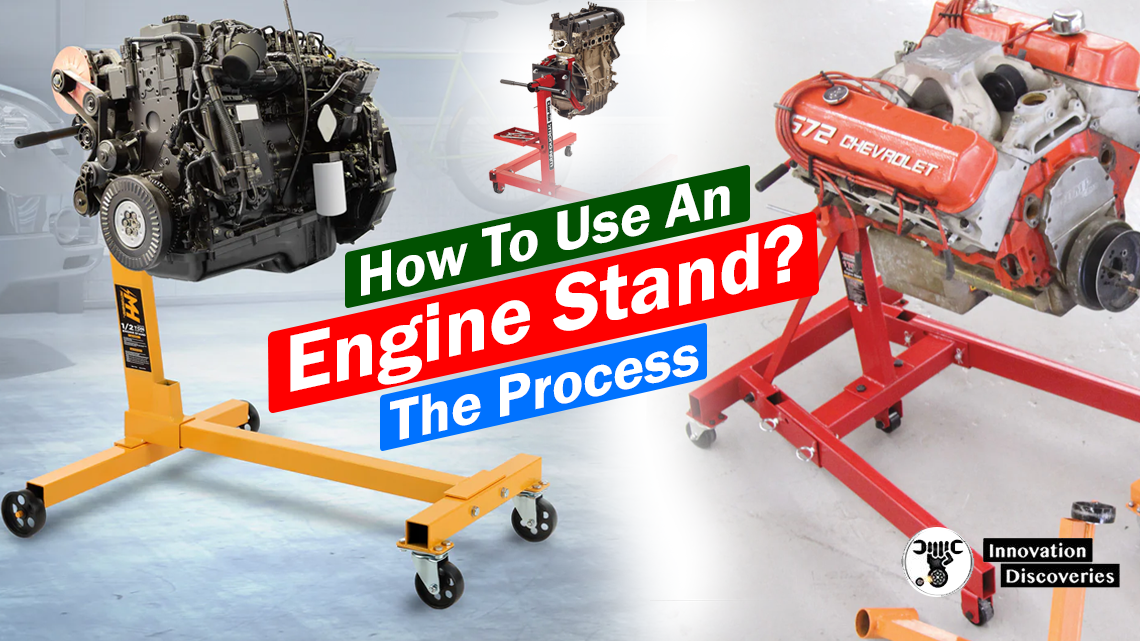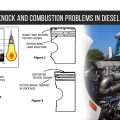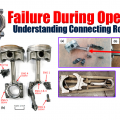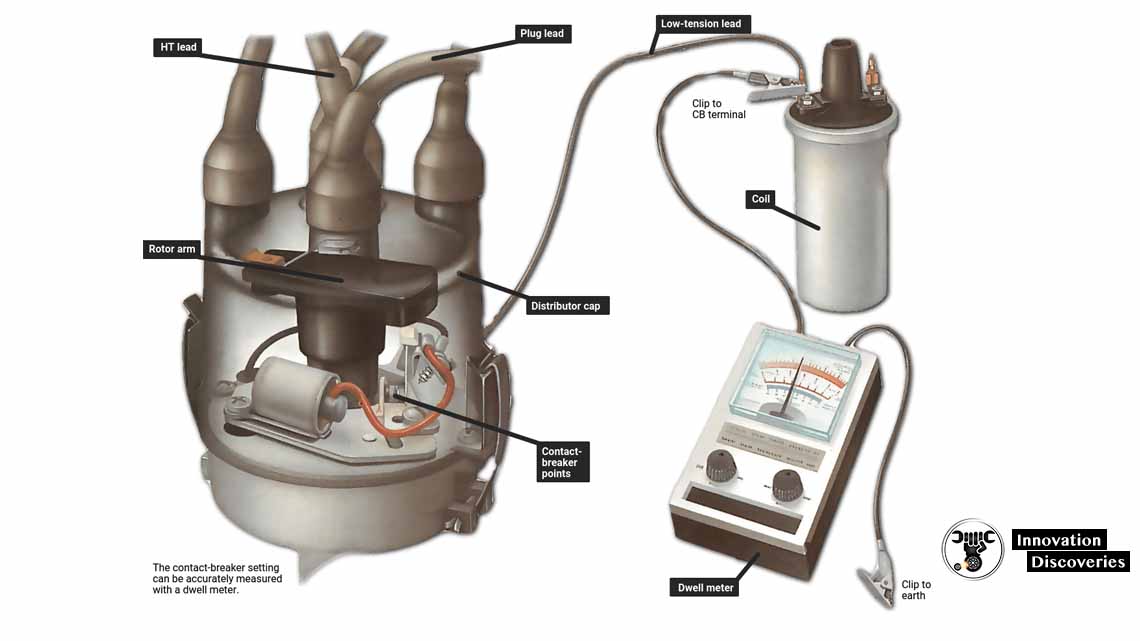
An engine stand is a vital tool for working on engines, providing stability and accessibility during repairs or maintenance. Whether you’re a professional mechanic or a DIY enthusiast, knowing how to properly use an engine stand is essential.
In this article, we will guide you through the process of safely and effectively using an engine stand.
1. Gather the Required Tools and Equipment:
Before you begin, ensure you have the following tools and equipment readily available:
- Engine stand: Choose a stand that can handle the weight and size of your engine.
- Engine hoist or crane: Needed to lift the engine onto the stand.
- Chains or straps: Used to secure the engine to the stand.
- Wrenches and sockets: To remove any necessary components.
2. Prepare the Engine and Stand:
Before mounting the engine on the stand, take the following steps:
- Inspect the engine: Ensure it is free from any loose or hanging parts, and remove any components that could obstruct the mounting process.
- Check the stand’s condition: Examine the stand for any damage, ensure all bolts are tight, and verify that the stand is stable.
3. Position and Secure the Engine:
Follow these steps to mount the engine on the stand:
- Set up the engine stand: Adjust the stand’s arms or brackets to accommodate the engine’s size and weight.
- Attach the engine: Use an engine hoist or crane to lift the engine and carefully align it with the stand’s mounting points.
- Secure the engine: Fasten the chains or straps around the engine, making sure they are tight and properly positioned to provide stability and prevent movement.
4. Balance the Engine:
To ensure stability and ease of rotation, balance the engine on the stand:
- Adjust the center of gravity: Position the engine on the stand so that its weight is evenly distributed.
- Test for balance: Gently rotate the engine by hand to check for any excessive tilting or wobbling. Make necessary adjustments to achieve proper balance.
5. Utilize the Engine Stand:
Now that the engine is securely mounted, you can take advantage of the engine stand’s features:
- Rotating the engine: Most engine stands allow you to rotate the engine a full 360 degrees, enabling easy access to different parts during the repair process.
- Locking the rotation: When working on specific areas or performing precise tasks, you can lock the engine stand in a fixed position to prevent unintended movement.
- Maneuverability: Engine stands often come with casters, allowing you to move the engine around the workspace with ease.
6. Safety Precautions:
To ensure your safety and the proper functioning of the engine stand, remember these important precautions:
- Adhere to weight limits: Always check the engine stand’s weight capacity and ensure that your engine falls within that range.
- Use appropriate straps or chains: Use high-quality, load-rated straps or chains to secure the engine firmly to the stand.
- Work in a well-ventilated area: When working with an engine, make sure you have adequate ventilation to avoid inhaling harmful fumes.
- Follow manufacturer instructions: Refer to the specific instructions provided by the engine stand manufacturer for any additional safety considerations or operating guidelines.
Conclusion:
Using an engine stand is a practical and safe way to work on engines. By following the steps outlined in this article, you can mount your engine securely, achieve proper balance, and utilize the stand’s features effectively.
Remember to prioritize safety throughout the process, and always consult the manufacturer’s instructions for any specific guidelines related to your engine stand. With the right tools and knowledge, you can confidently perform engine repairs and maintenance tasks using an engine stand.
Visit Forum
Visit Our Friendly Website





